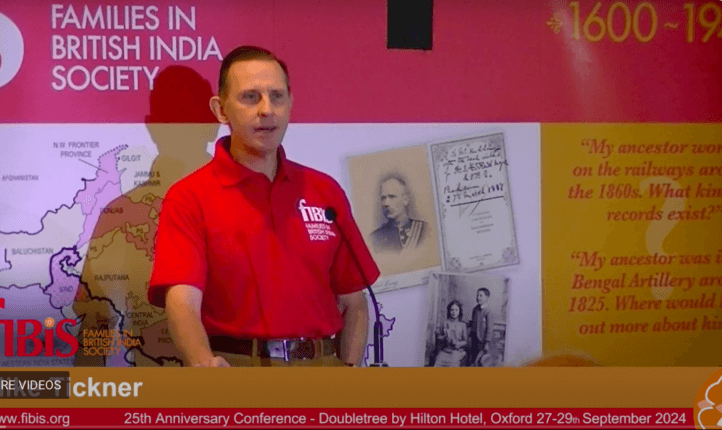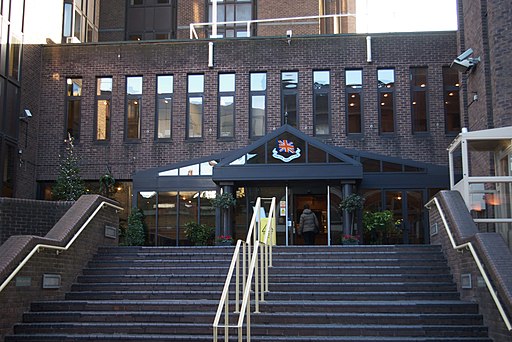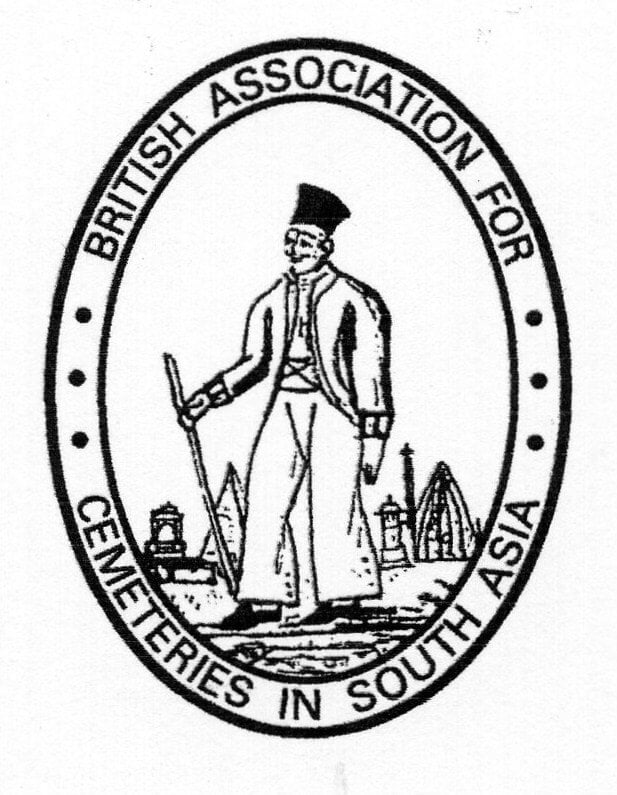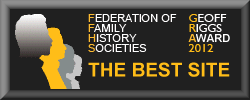
FIBIS Blog

by Peter Summers
For family reasons I was only able to attend the FIBIS Conference on the Saturday. I soon found that, despite that limitation, there was much to do and learn. The hotel itself, the Oxford Doubletree, was located just off the M40, so easy to reach. It had many offerings such as a pool, spa and gym. Tempting, as I saw some guests with towels and swimming trunks wandering past me, but were overshadowed by the greater range of interest by the FIBIS Conference which then absorbed all my time.
Libby Rice greeted me with a badge and a red goody bag of books, guides, leaflets, notepads, pens, a small magnifying glass (!!) and so on. I barely touched the large quantity of data therein until I returned home. And so I wandered on to the Bengal room where one could buy FIBIS books and guides, check out BACSA and then see a very interesting ‘Family Search’ exhibition. Family Search gave me a booklet for my grandchildren with many pages filled with directions and blank spaces for their research – very handy! And all while relaxing with a great cup of coffee, along with a tasty croissant, after my long drive!
I had to choose four talks from eight on offer; which ones to go for? Well, as a man, I went for Geraldine Charles’ talk on ‘The Children of John Company’; sorry Sophie Kay for missing out on your more feminine inspired talk on ’Memsahib and Mother’!
The Children of John Company – The Anglo Indians
Geraldine discussed the various ways people referred to mixed ancestry children, both officially and rudely. For example, I had never heard the term ‘Kutcha-Butcha’ before. Anyway, the four larger groups she mentions were the East Indians (British ancestry), Indo Dutch (Dutch obviously), Luso-Indian (Portuguese) and Indo French. She said that in circa 1800 in Bengal, there were only 200 Englishwomen married to Englishmen in a population of 4000 of the latter group. This was a ratio of just 1 woman to 20 men. It was the lower echelon men who missed out and so they naturally entered into short term and long-term relationships, marriages as well, to the many, available, Indian and Anglo-Indian women.
During the talk, the speaker mentioned that British soldiers had permission to bring European women (and their children) back to Britain only if they were married. Geraldine went on to advise us on how to find the wives and genealogically determine if they were of Indian or mixed-race origin. . She gave us a huge amount of information, ending with a very interesting fan chart that showed not specifically her ancestors but their racial origins by colour code. I must try that!
Important Coffee Break
Coffee break (and cake) before making the tough choice between ‘The Hooghly’ and ‘British Railways in India’. I chose the latter by Hugh Wilding (during coffee I bought Hugh’s great fact file on Indian railways) followed by ‘Researching British India’ by Karen de Bruyne. (These talks, both of exceptional quality, are available on video very soon and, as I want to cover one other talk at length, please forgive me for moving on here).
The Scottish Cemetery Project
The last talk of the day was by Lord Charles Bruce. In a really interesting talk that had us all spellbound, Lord Bruce informed us that a very large number of Scots had worked in various professions in India and they were especially well-represented in Calcutta. And so, in 1820, the Scottish Cemetery was created; a site of some three acres enclosed by a high wall. In time, some 2000 burials took place here in over 1800 burial plots. But after Indian independence in 1947 it was severely neglected. This was the tropics, hot and humid, ideal for rapid plant growth and now a home for snakes and other such denizens. Moreover, the cemetery was a useful place to throw rubbish, it was plundered for lead and iron, and was used by criminal gangs. Moreover, Calcutta was growing and several British cemeteries had already been eliminated by high rise buildings – the Scottish cemetery was next!


The Kolkata Scottish Heritage Trust (KSHT) and a Kolkata architect (Dr Neeta Das) worked with the city to transform the site into a green space. They employed local people; the jungle was cut down; hundreds of truckloads of rubbish were taken away. Many monuments were restored, where it was possible, using local skilled artisans often involving original methods of construction and maintenance.
In 2015 vandalism and animosity from the neighbourhood caused the site to begin to revert – the residents didn’t care and despoliation re-started. So the trust started a women’s club – then a men’s group (because the men wanted to be a part of what was going on)! They started young adults clubs and sports activities for children. All to involve the city dwellers, not used to a ‘park’, to see what a wonderful thing they had next door to them. As a result, the locals have now come to believe that Scots ghosts there are no more (!) and are making use of the green space for leisure. And, after every monsoon when the jungle starts to re-appear, they carefully uproot the little plants to re-plant them elsewhere in that teeming city. This has brought green life to many other parts of Kolkata.
Lord Bruce is the Chairman of the Kolkata Scottish Heritage Trust (see https://www.bacsa.org.uk/lord-bruce-chairman-of-the-kolkata-calcutta-scottish-heritage-trust-describes-its-development-and-achievements/ ). This charity provided much of the funding and energy to bring the cemetery, and the local area, back to life. The success of the project has been a direct consequence of the enthusiasm of the team involved in the work. So very interesting to hear this story by Lord Bruce which encompassed so much more than I am able to relate here.
The End of the Day
Perhaps I should mention here one document in the ‘goody bag’: the 130th issue of the Glasgow and West of Scotland Family History Society Journal which majors on the ‘Scots in India’. Great articles, one covering the Kolkata Cemetery in more detail than I have, and at least two others that would easily fit in with our journal. (The website of the Glasgow and West of Scotland Family History Society is https://www.gwsfhs.org.uk).
My final happy recollection was the formal dinner: many round tables and 25th Anniversary balloons filled the large room. Some lovely companions around my table whose names I’ve completely forgotten, but not the warmth of their friendship. After a splendid meal, we were entertained by Dr Penny Walters in a very amusing talk on DNA for genealogy use. By this time the wine was getting to me, so I can’t give you any snippets now, but I’m sure there will be a video online.
As I took my leave at breakfast on the following morning, I was able to say a quiet goodbye to Elaine Macgregor who had done such a great job at pulling together such a fine conference. Well done!
(Video recordings of the talks are now available in the members’ area of the FIBIS website).






